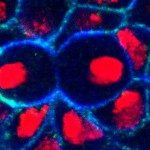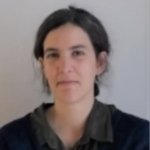Link to Pubmed [PMID] – 35660922
Link to DOI – 10.1242/jcs.260281
J Cell Sci 2022 Jul; 135(13):
Meiotic maturation is a crucial step of oocyte formation, allowing its potential fertilization and embryo development. Elucidating this process is important for both fundamental research and assisted reproductive technology. However, few computational tools based on non-invasive measurements are available to characterize oocyte meiotic maturation. Here, we develop a computational framework to phenotype oocytes based on images acquired in transmitted light. We trained neural networks to segment the contour of oocytes and their zona pellucida using oocytes from diverse species. We defined a comprehensive set of morphological features to describe an oocyte. These steps were implemented in an open-source Fiji plugin. We present a feature-based machine learning pipeline to recognize oocyte populations and determine morphological differences between them. We first demonstrate its potential to screen oocytes from different strains and automatically identify their morphological characteristics. Its second application is to predict and characterize the maturation potential of oocytes. We identify the texture of the zona pellucida and cytoplasmic particle size as features to assess mouse oocyte maturation potential and tested whether these features were applicable to the developmental potential of human oocytes. This article has an associated First Person interview with the first author of the paper.

